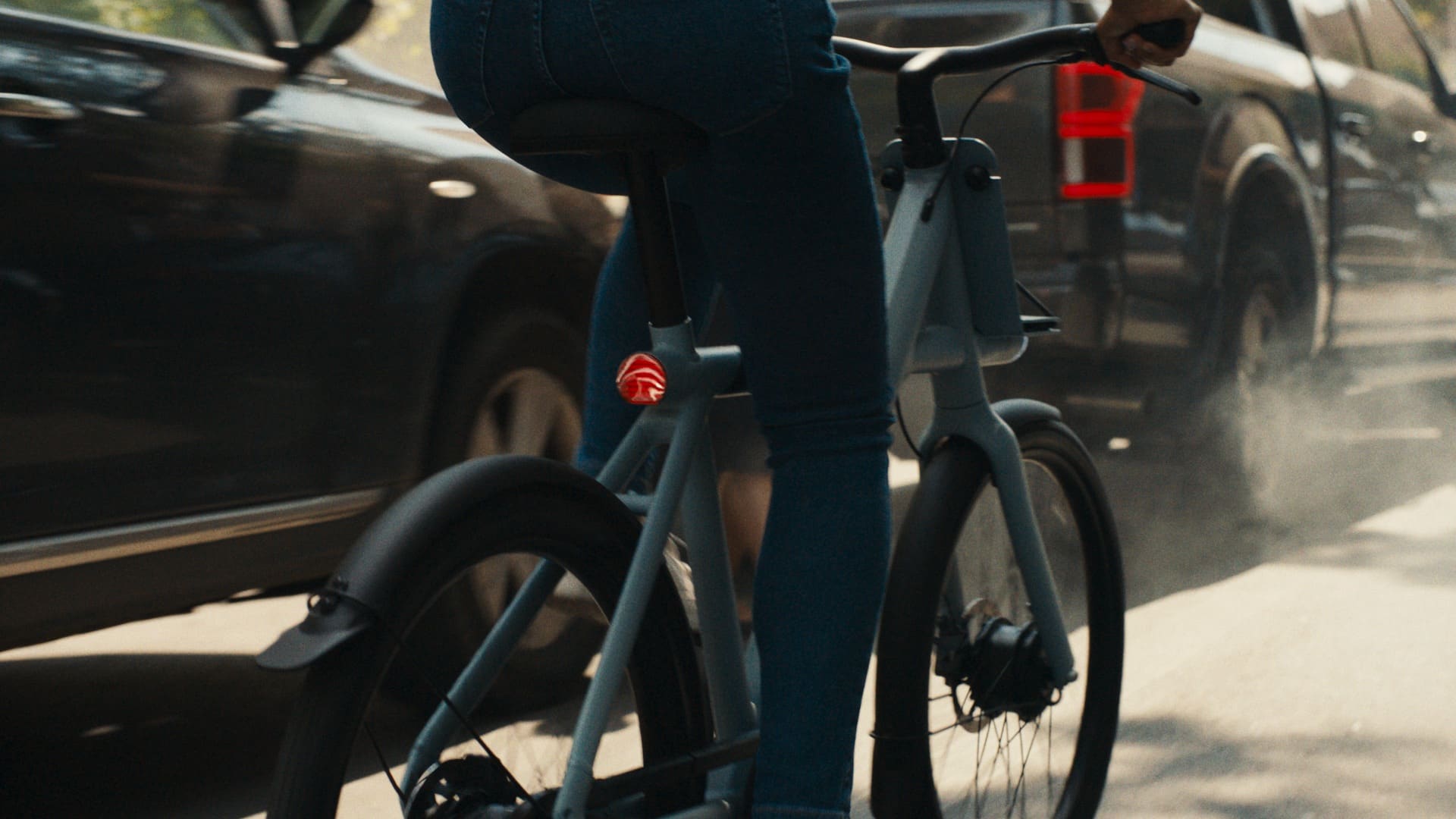Pollution: Which mode of transportation is the most exposed?

According to a French study, cyclists inhale more black carbon pollution particles compared to other modes of transportation.
On saddle or on foot, it seems logical that pollution would pose a higher risk than for a motorist, protected by the bodywork or while in transit. At the same time, drivers would also be exposed because they are closer to exhaust pipes. Who is right?
This is precisely the subject of a new study by scientists from the Pierre Louis Epidemiology and Public Health Institute, Inserm, and Sorbonne University.
A study on particles harmful to health
Published on Science Direct, the study provides a spectrum of black carbon exposure based on mode of transport. This element constitutes 5 to 15% of existing fine particles (PM 2.5) according to WHO, and includes mixtures of unburned hydrocarbons, sulfur, and metals. Since the topic is black carbon, it is because it is harmful to humans, like most fine particles. It can cause respiratory inflammation, or even increase the risk of cardiovascular diseases.
Initially, the methodology involves both exposure and inhalation of the pollutant. Their measurements are taken in real conditions, close to the face, while respiration is calculated theoretically.
Bicycles and the metro are more exposed to pollution
Their results are significant, measured over a 30-minute period. In terms of exposure, the metro is the worst mode of transport (5.51 μg/m3, micrograms per cubic meter), ahead of the car (4.49) and train (4.35). Pedestrians are the least exposed (2.04), followed by tram users (2.36), while cyclists (3.01) are nearly twice less exposed than in the metro.
However, when accounting for ventilation (respiration rate and volume), the results change. It is then cyclists who breathe in the most black carbon, with 1.90 μg inhaled over 30 minutes. This is more than in the metro (1.64), walking (1.43), and automobile (1.28). Conversely, tram offers the least polluted option (0.60) compared to buses (1.06) and trains (1.12).
This study also has the advantage of involving a large part of the population, as it was conducted in Greater Paris. The measurement period is also recent, between May 2018 and October 2020.
This page is translated from the original post "Pollution : quel moyen de transport est le plus exposé ?" in French.
We also suggestthese articles:
Also read






